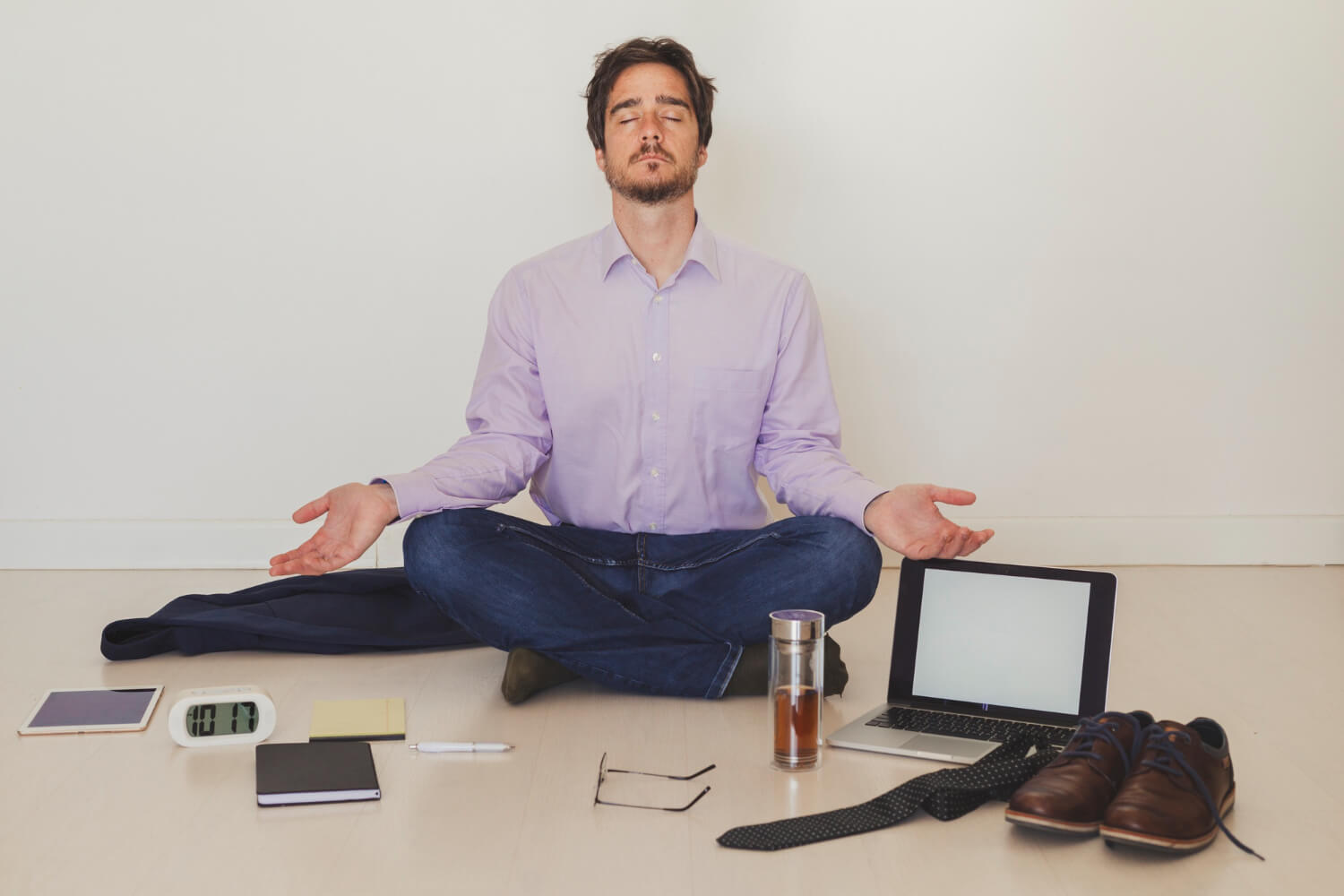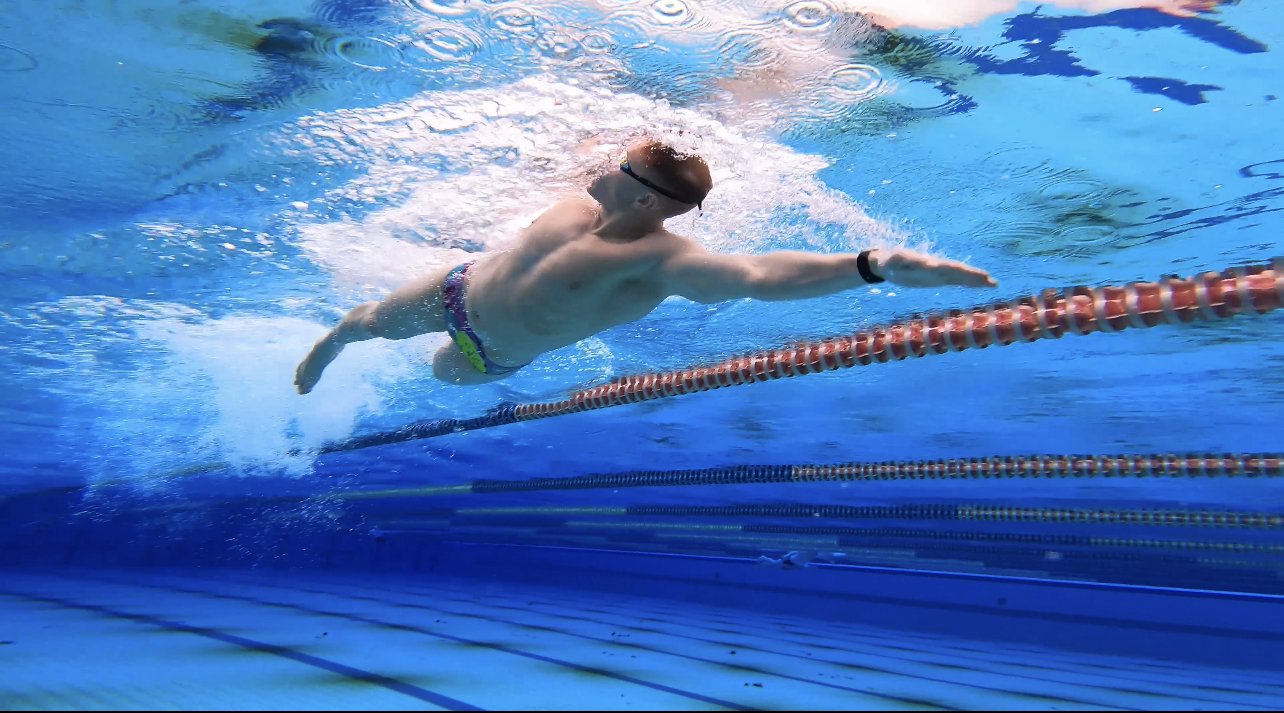For those drawn to the allure of the underwater world or simply fascinated by the limits of human capability, breath-holding offers a unique challenge. It’s more than an impressive party trick; breath-holding is a skill that combines physical endurance, mental focus, and, above all, discipline. Few individuals have mastered the art of conscious breath-holding like James Monnington, a respected expert in freediving and apnea techniques. His insights into the practice reveal how to extend breath-hold times and how this pursuit can transform your mind and body.
Whether you’re a freediver, a surfer, or someone who wants to explore their potential, let’s take a deep (figurative) breath and dissect the art of breath-holding.
The Foundation of Breath-Holding
Breath-holding begins with understanding your own body and its relationship to oxygen. James Monnington emphasizes that this skill isn’t about brute strength or lung capacity alone. Instead, it’s about efficiency, relaxation, and staying calm under pressure.
Your body uses oxygen more efficiently when it is relaxed. High levels of stress or tension led to shallow breathing and quicker oxygen depletion. Monnington teaches that the foundation of breath-holding is learning how to control your breathing properly through diaphragmatic breathing, also called belly breathing. This technique encourages you to breathe deeply into your lower lungs, leveraging the diaphragm to expand your air capacity.
He also stresses the importance of preparation breaths. Before a static apnea (holding your breath while staying still), he advises taking a series of slow, intentional breaths to saturate your system with oxygen. Hyperventilating, however, is a big no-no. “Hyperventilation creates the illusion that you don’t need to breathe, but it actually reduces carbon dioxide levels too much, which triggers your body to ask for more air. If you push that too far, you risk blackout. Breath-holding is as much about listening to your body as it is about pushing its limits,” Monnington explains.
Physical and Mental Benefits of Breath-Holding
The benefits of mastering breath-holding go far beyond the technical skill itself. Physically, it strengthens your diaphragm, increases your lung capacity, and improves cardiovascular health. Your body adapts to retaining more oxygen in the bloodstream, which can enhance athletic performance in other areas.
Surprisingly, breath-holding also trains mental fortitude. James Monnington describes it as “a mindfulness practice in disguise.” When you hold your breath, the growing urgency to exhale forces you to confront discomfort. Staying calm as the urge to breathe builds is an exercise in mental focus and resilience.
Monnington likens it to meditation. “You can’t think about your emails or what to cook for dinner when you’re holding your breath. Breath-holding forces presence. You rely entirely on your nervous system instead of your thoughts.” This focus often translates into improved stress management, better concentration, and emotional control in other aspects of life.
The Importance of Safety First
Breath-holding has its risks, which makes safety paramount. Blackouts and shallow-water drowning are real dangers, and Monnington is adamant about approaching the practice responsibly. Rule number one? Never hold your breath alone.

“Many accidents happen when people are practicing without a buddy,” he states. “Always train next to someone who knows what to do if you lose consciousness. Even the best breath-holders respect this rule.”
Another critical element of safety is understanding the body’s warning signs. Elevated carbon dioxide levels and depleted oxygen stores trigger signals like diaphragm spasms or dizziness. “These sensations are there for a reason,” Monnington says. “Push too far past them, and you can enter dangerous territory. Always know when to stop.”
Practical Tips for Beginners
If you’re new to breath-holding, taking it step by step is key. Monnington suggests starting with breathing exercises that build your awareness and lung capacity. Here’s a beginner-friendly routine:
Diaphragmatic Breathing: Spend 5–10 minutes lying down and breathing deeply into your belly. Focus on expanding your abdomen on the inhale and letting it naturally collapse on the exhale.
Box Breathing: Breathe in for four counts, hold for four counts, exhale for four counts, and hold again for four. This pattern helps control your breathing and promotes relaxation.
Dry Apnea Practice: Sitting or lying down, hold your breath for as long as is comfortable, then allow yourself a full recovery period. Over time, gradually the duration gradually increased.
Monnington reminds beginners to resist the temptation to compare themselves to others. “It’s not about chasing two-minute holds right away,” he advises. “It’s about improving gradually and feeling comfortable.”
Advanced Techniques to Level Up
For those with some experience, Monnington recommends moving into deeper water work, provided that safety protocols are followed. Techniques like CO2 tolerance tables help condition the body to endure higher carbon dioxide levels, extending breath-hold times. These exercises alternate short recovery periods with incrementally longer breath-holds.
Another advanced practice is integrating mindfulness or meditation during apnea training. By learning to detach from external stressors and self-imposed pressure, you can reach greater states of relaxation and control.
Freedivers, in particular, benefit from learning to control their mammalian diving reflex, a natural response that reduces heart rate and channels blood flow to core organs while underwater. Monnington describes it as the body’s survival mechanism kicking in, maximizing efficiency even in low-oxygen environments.

Why Breath-Holding Matters
Mastering breath-hold techniques is a uniquely rewarding pursuit. For some, it’s the gateway to freediving and exploring the underwater world in its truest form. For others, it’s a mental and physical challenge that pushes personal limits. Whatever your motivation, the practice demands responsibility, commitment, and patience.
James Monnington’s teachings remind us that breath-holding isn’t about showing off or proving anything to others. It’s about learning to work with your body, trust it, and find peace, even in growing discomfort. “Breath-holding is as much about self-discovery as it is about performance,” he says. “When you connect to your breath, you connect to who you are.”Start your breath-holding practice slowly, stay safe, and enjoy the process. With time, guidance, and dedication, you might amaze yourself with what your body can achieve.





